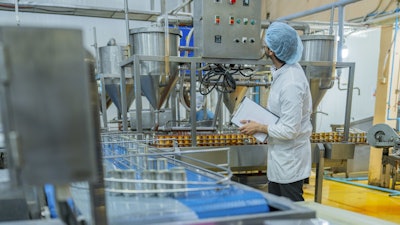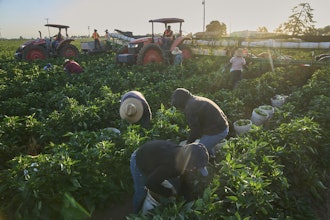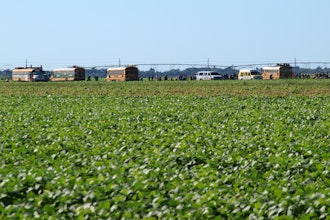
ITHACA, N.Y. – A new Cornell University study covering nearly three decades and 189 countries finds that while traditional farm jobs decline as nations grow wealthier, employment in the broader food industry – from processing plants to restaurants – remains surprisingly steady, offering better wages but also deepening gender pay gaps.
The research challenges the classic economic story that development means a simple shift of workers from farms to factories. Instead, researchers found much of the movement occurs within the food system itself, reshaping which workers earn more and which earn less. The paper published Sept. 10 in Nature Food.
These shifts are driven more by consumer demand than by improvements in agricultural productivity, according to corresponding author Chris Barrett, professor of applied economics and management.
“As incomes rise, people demand more convenience, safety and diversity in their diets,” Barrett said. “That creates a huge pull for workers into food processing, retail, restaurants and transportation – not just into manufacturing.”
Among the study’s most striking results, jobs in food services and retail now rival or surpass farm employment in wealthier countries. Workers who leave farming typically find higher pay in midstream and downstream jobs like food manufacturing and distribution. That’s good news – but not necessarily for women, because this shift reinforces gender pay inequality.
“In low-income agrarian economies, men and women are largely doing the same work,” Barrett said. “People leaving farming find safer jobs and better pay. But it’s not equally good for men and women.”
While women do earn more after leaving farm work, they tend to move into service-sector jobs – in restaurants and retail – that are consistently lower paid than the midstream jobs in manufacturing, logistics, processing, wholesale trade and transport, where men predominate.
Over time, the difference adds up. The study found that as economies transition from poor to rich, the ratio of women’s to men’s average earnings in the food system falls from near parity to about 94 cents on the dollar. And because the analysis could not account for pay gaps within the same industry, much less the same occupation, the true divide is surely larger.
The findings underscore a tension facing policymakers. Calls to bring more young people “back to the farm” in some countries may be at odds with economic realities. The real job growth isn’t on the farm, according to Barrett. It’s in the industries that process, move and serve food – but those jobs are unequally distributed between men and women.






















